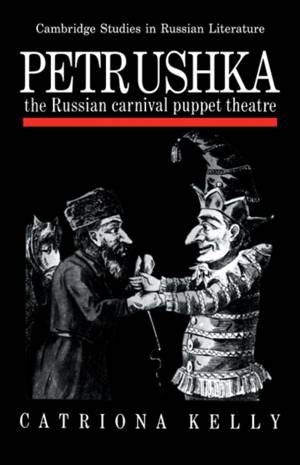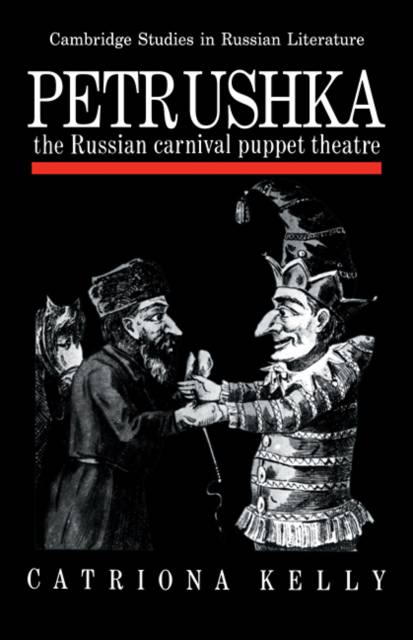
- Afhalen na 1 uur in een winkel met voorraad
- Gratis thuislevering in België vanaf € 30
- Ruim aanbod met 7 miljoen producten
- Afhalen na 1 uur in een winkel met voorraad
- Gratis thuislevering in België vanaf € 30
- Ruim aanbod met 7 miljoen producten
Zoeken
Omschrijving
Petrushka, the Russian equivalent of Punch and Judy, was one of the most popular spectacles at fairgrounds and in city courtyards for over a century. Catriona Kelly's study, the first to appear in English, traces the history of Petrushka, illustrating how it reflected the tensions of Russian urban life both before and after the Revolution. Written from a standpoint informed by literary theory, her book at the same time breaks open the categories traditionally applied, both in the Soviet Union and in the West, to the study of Russian literature and popular culture. Contemporary interpretations of Petrushka on the street, high-cultural appropriations of it for a bourgeois and intellectual readership (notably the famous ballet by Benois and Stravinsky), and adaptations made for agit-prop purposes are all analysed. Based on a wide range of unusual materials, this lively and very readable account will appeal not only to literary specialists, but also to those interested in cultural politics, folklore, women's studies and popular theatre.
Specificaties
Betrokkenen
- Auteur(s):
- Uitgeverij:
Inhoud
- Aantal bladzijden:
- 312
- Taal:
- Engels
- Reeks:
Eigenschappen
- Productcode (EAN):
- 9780521108997
- Verschijningsdatum:
- 12/02/2009
- Uitvoering:
- Paperback
- Formaat:
- Trade paperback (VS)
- Afmetingen:
- 140 mm x 216 mm
- Gewicht:
- 399 g

Alleen bij Standaard Boekhandel
+ 135 punten op je klantenkaart van Standaard Boekhandel
Beoordelingen
We publiceren alleen reviews die voldoen aan de voorwaarden voor reviews. Bekijk onze voorwaarden voor reviews.











